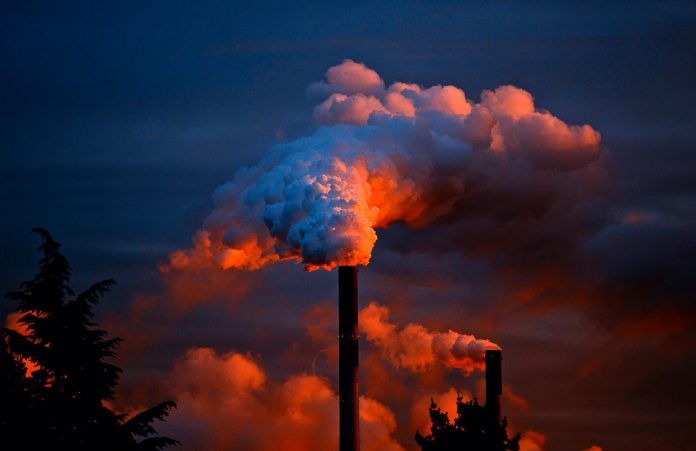Until just two months ago, the U.S. joined most of the rest of the world in an agreement to cut carbon emissions so that the planet’s average temperature would not rise more than 2°C by 2100. The world’s goal in signing up to the Paris Agreement
As countries across the globe signed onto the Paris Agreement in 2015, the warning message coming from scientists remained clear. Keep the world’s average temperature “well below 2°C” by cutting carbon emissions or else face dire repercussions along the lines of floods, failed crops, and the complete disappearance of coral reefs.
Well it’s already too late, says a pair of studies published in Nature Climate Change. The studies used two different analytical models to come to the same conclusion: we’re well on our way to reaching and even passing that 2 degree threshold by 2100.
The first of the two study concludes there’s a 95 percent chance the planet will warm by greater than 2°C by 2100. It comes to the conclusion using a statistical model which took into account current and forecasted carbon emission levels as well as population growth.
cutting off emissions alone isn’t sufficient to get to the below 2 degree target
“The likely range of global temperature increase is 2.0-4.9°C, with median 3.2°C,” writes Adrian Raftery, author of the first study. “Our model is not a ‘business as usual’ scenario, but rather is based on data which already show the effect of emission mitigation policies. Achieving the goal of less than 1.5 °C warming will require carbon intensity to decline much faster than in the recent past.”
The second study looked at historical emissions of greenhouse gases to demonstrate that even if we completely turned off all the fossil fuel burning right now, the planet would continue warming by about 1.3°C by 2100.
“Even if fossil-fuel emissions were to suddenly cease, some level of committed warming is expected due to past emissions,” study author Thorsten Mauritsen wrote.
To add even more complexity to the narrative, the second study points to a by-product of fossil fuel burning, temperature-cooling aerosols which actually mitigate some of the warming effect of CO2 in the atmosphere. This man made aerosol tends to evaporate in a matter of weeks while the CO2 remains persistent. So if we suddenly stop burning fossil fuels, we should expect to lose the cooling impact of the aerosols pretty quickly.
Overall, the study’s authors wanted to highlight the fact that cutting off emissions alone isn’t sufficient to get to the below 2 degree target and we should be looking more broadly at what’s already been spewed into the air and how that will impact future warming.
Both of these studies were conducted before President Trump pulled the U.S. out of the Paris Agreement in June. So even these sobering projections may suddenly have become too rosy.
But Raftery wants to make it clear we shouldn’t use these studies as an excuse to give up altogether.
“We would warn against any tendency to use our results to say that we won’t avoid 2C, and so it’s too late to do anything,” Raftery said, according to the Guardian. “On the contrary, avoiding the higher temperature increases that our model envisages is even more important, and also requires urgent action.”











